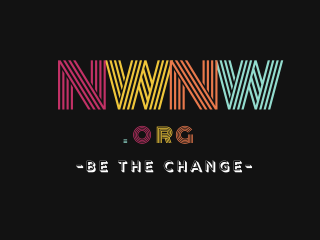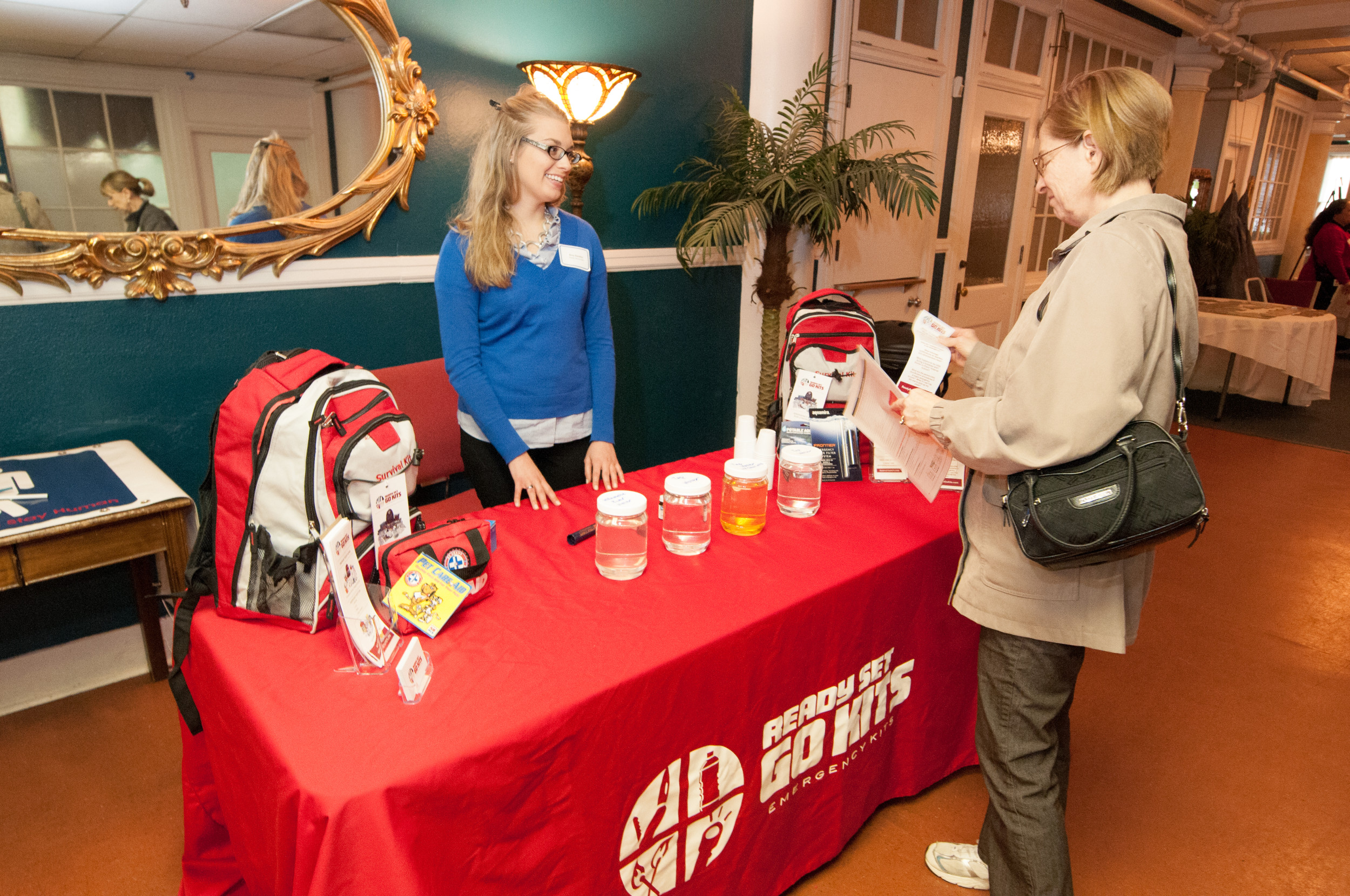A New Year’s Resolution That Builds Community and Safety
By Sue Campbell (www.suecampbellpdx.com)
When you think of emergency preparedness, maybe you think of a reality t.v. show or some of the scare tactics used in media reports…Or maybe you try not to think about it at all.
Emergency Preparedness (E-Prep) is a bit like other resolutions we set ourselves this time of year: not something you look forward to, but not so bad once you get started, and it feels great to have it taken care of. With the right perspective, preparing for an emergency can be empowering, as well as a chance for community building.
The Pacific Northwest faces a number of potential emergencies, including wildfires, floods, landslides and, of course, earthquakes. In a major disaster, professional first responders will be overwhelmed. It’s up to local communities to have plans in place to handle their own needs until infrastructure services can be restored.
If you’re interested making preparation for “the big one” as one of your New Year’s resolutions, look for help no further than your neighbors. PDNA has developed a template that any residential building can adapt for its own use.
We sat down with John Warner, PDNA board member and chair of the Emergency Preparedness committee, for a cup of coffee to learn how his community organizing background and his love of the outdoors led to getting involved with developing an E-Prep template for the Pearl.
An avid rock climber, backpacker and skier, Warner explains “being in austere environments where there’s risk of getting injured makes knowing how to handle an emergency a priority… but, that expertise in a vacuum…has limited benefits.” He quickly realized his skills — when coupled with the skills of his neighbors — could serve him well in his community, not just in his recreational activities.
So, in 2008, he got involved in the Neighborhood Emergency Team (NET) program, a citizen group dedicated to emergency preparedness that works with Portland Fire and Rescue and the Portland Bureau of Emergency Management.
When he moved to the Pearl District in 2012, he became team leader of the Pearl NET, which led him to join the Pearl District Neighborhood Association (PDNA). At PDNA, he serves as a board member and chair of the Emergency Preparedness committee there. When the PDNA started trying to figure out how to address emergency preparedness, John thought, “Why don’t I walk my talk and start where I live?” He offered to start an effort at his own apartment building, the Sitka, to try some outreach strategies that could then be adopted on a wider scale for use in the Pearl District.
John’s guiding principle for the effort was that emergency preparedness should not be about scare tactics, but rather about building community. (More on that in next month’s article.)
What better place to start than a community barbecue? In August of 2014, John spoke with a number of fellow Sitka residents about putting together a working group for the Sitka.
Warner points out that 90% of disaster survivors are rescued, not by first responders, but by other survivors. A community based preparedness plan helps people look out for each other, especially vulnerable people like the elderly or those with serious medical issues. Not to mention, who’s going to look after your dog if you’re stuck across the river for a few days?
The preparedness template John and the E-Prep committee developed takes into account that most folks are busy with the day to day and don’t have much time to dedicate to volunteer efforts, but would still like to feel prepared and connected to their neighbors.
The Sitka E-Prep committee worked with the Sitka’s ownership and management company to get some resources for emergency equipment such as first aid supplies, pry bars, shovels, dust masks, gloves, goggles and sanitation supplies. They also designated floor organizers, whose job it is to raise general awareness and learn about and make plans to support vulnerable people nearest them.
“The Sitka effort is mature,” says Warner. E-Prep at the Sitka now focuses on ongoing training and ensuring new residents are brought into the culture of emergency preparedness the committee has created. Working with the PDNA E-Prep Committee, Warner has turned his focus to developing an E-Prep “Toolkit” that can be used to take the lessons learned from emergency preparedness organizing at the Sitka to develop similar E-Prep initiatives in residential communities across the Pearl.
To date, twenty-three other buildings in the Pearl district are using the PDNA E-Prep “Toolkit” to develop E-Prep efforts of their own.
Information about the PDNA E-Prep initiative
For more information on how to get the E-prep ball rolling in your community, contact eprep@pearldistrict.org.
This article is the first in a three part series on Emergency Preparedness. Check out the February newsletter to learn more about preparing for a major emergency.

